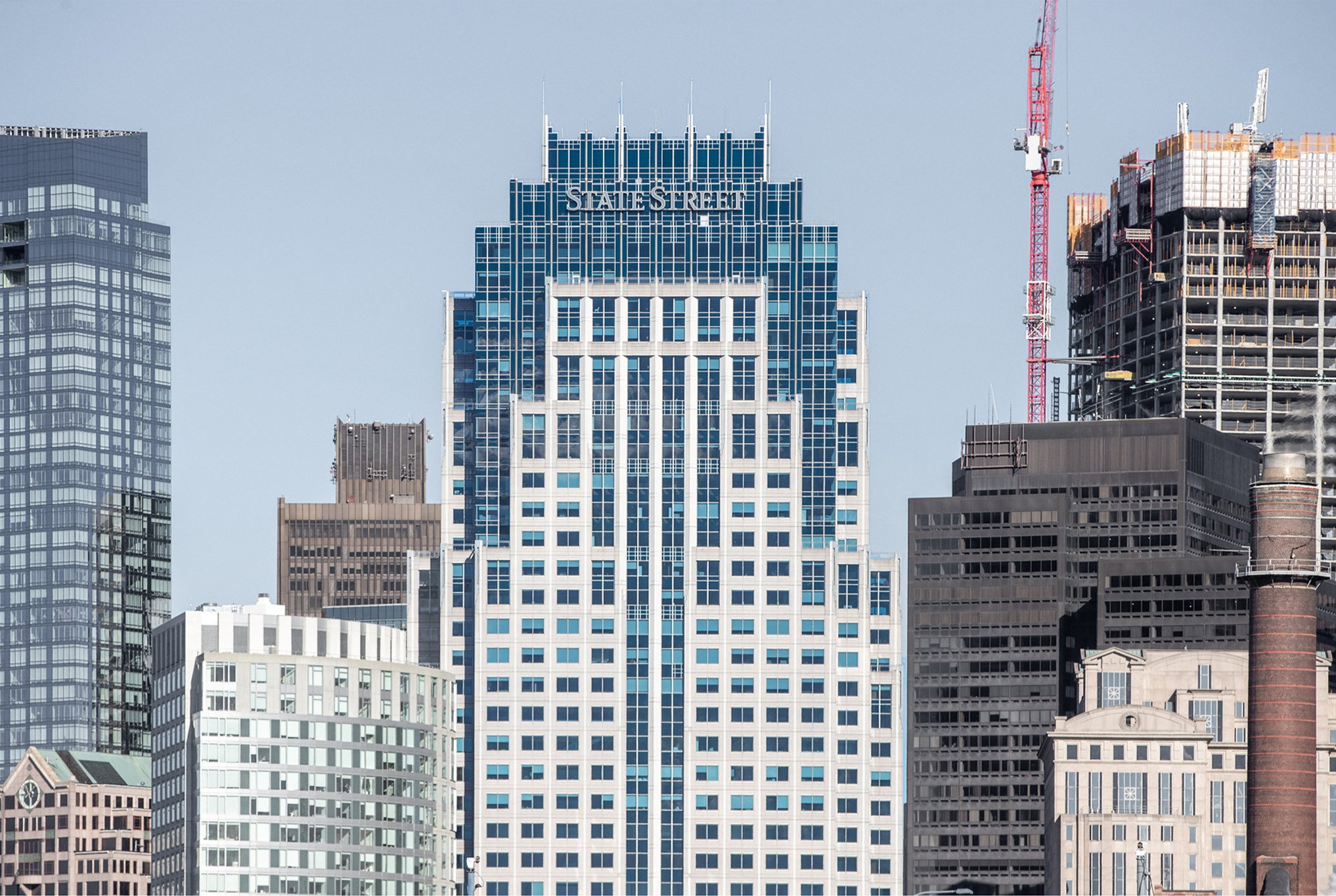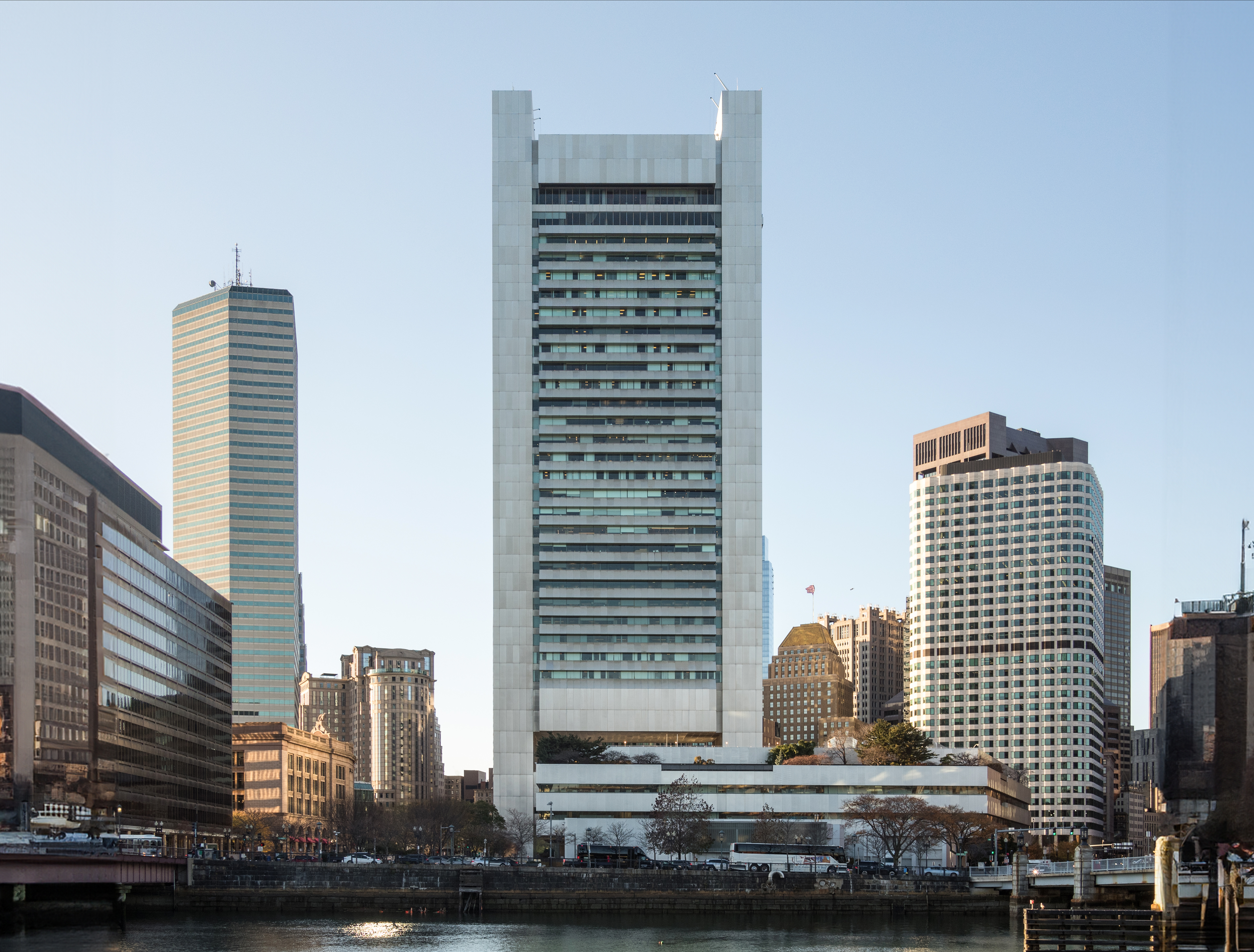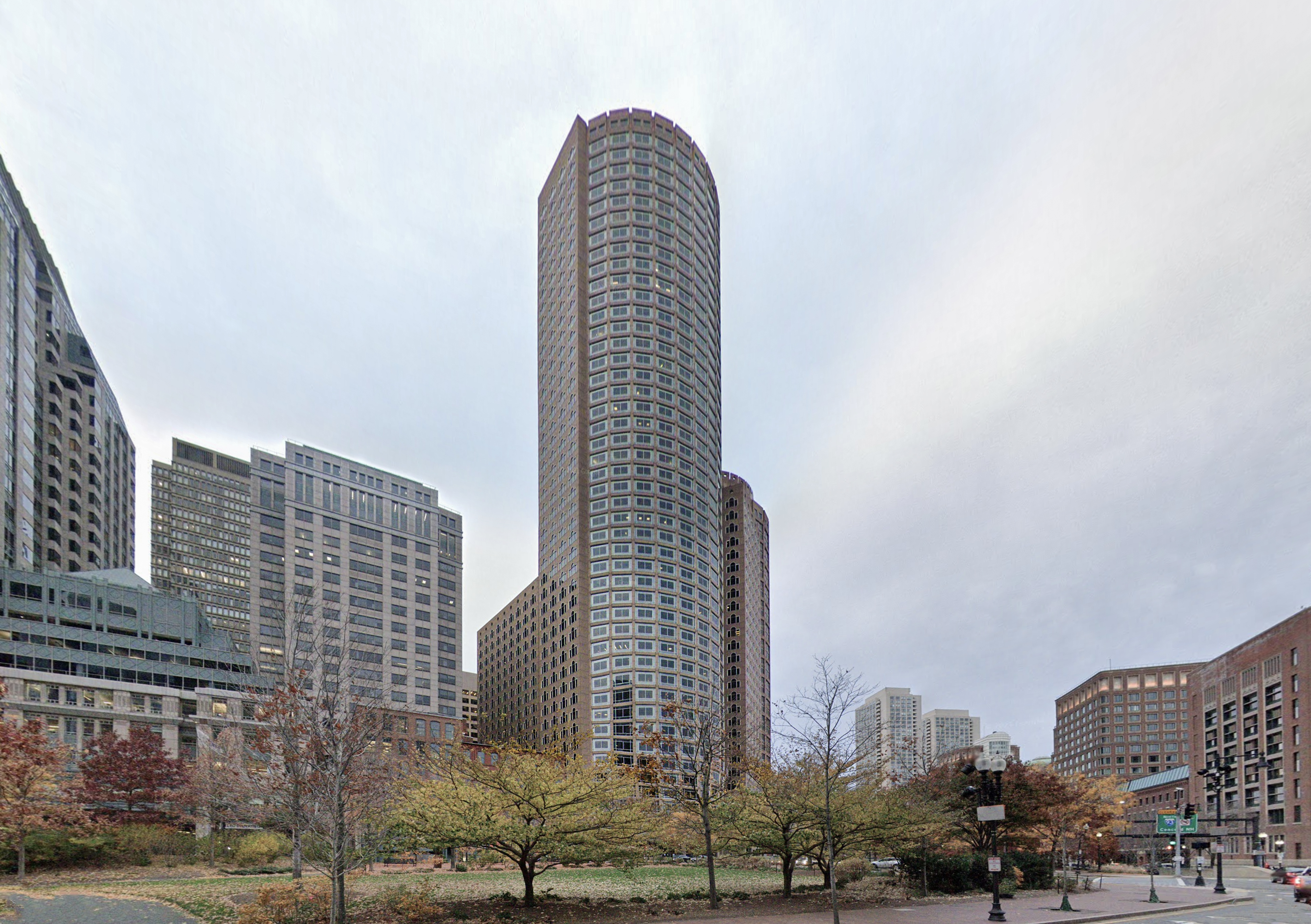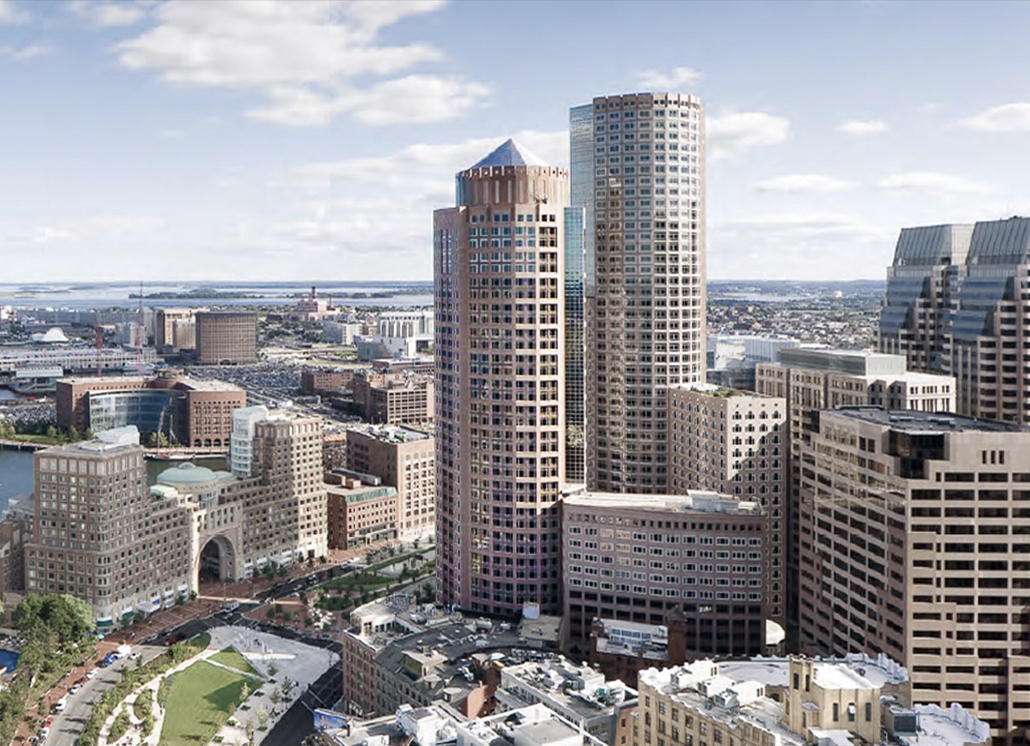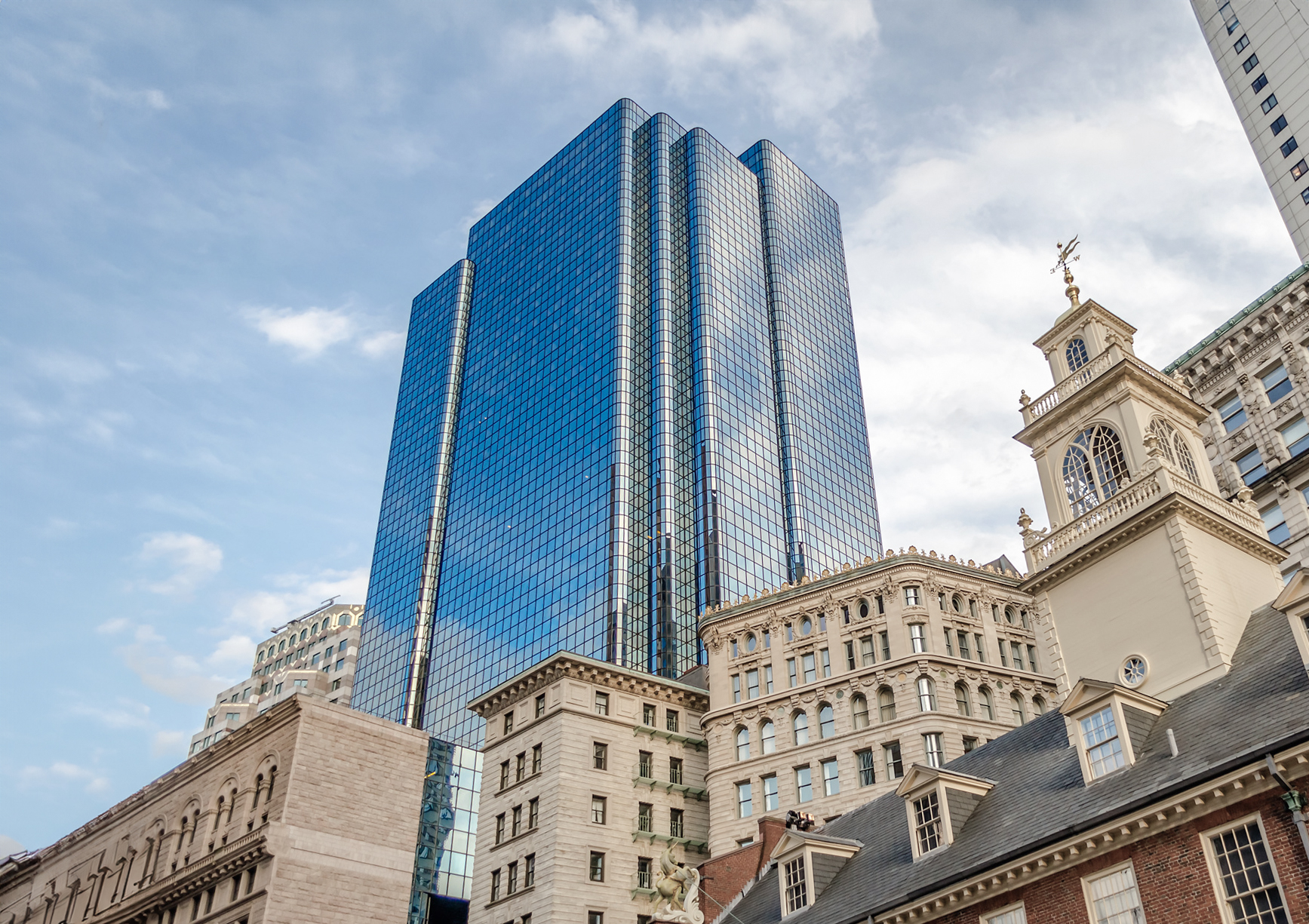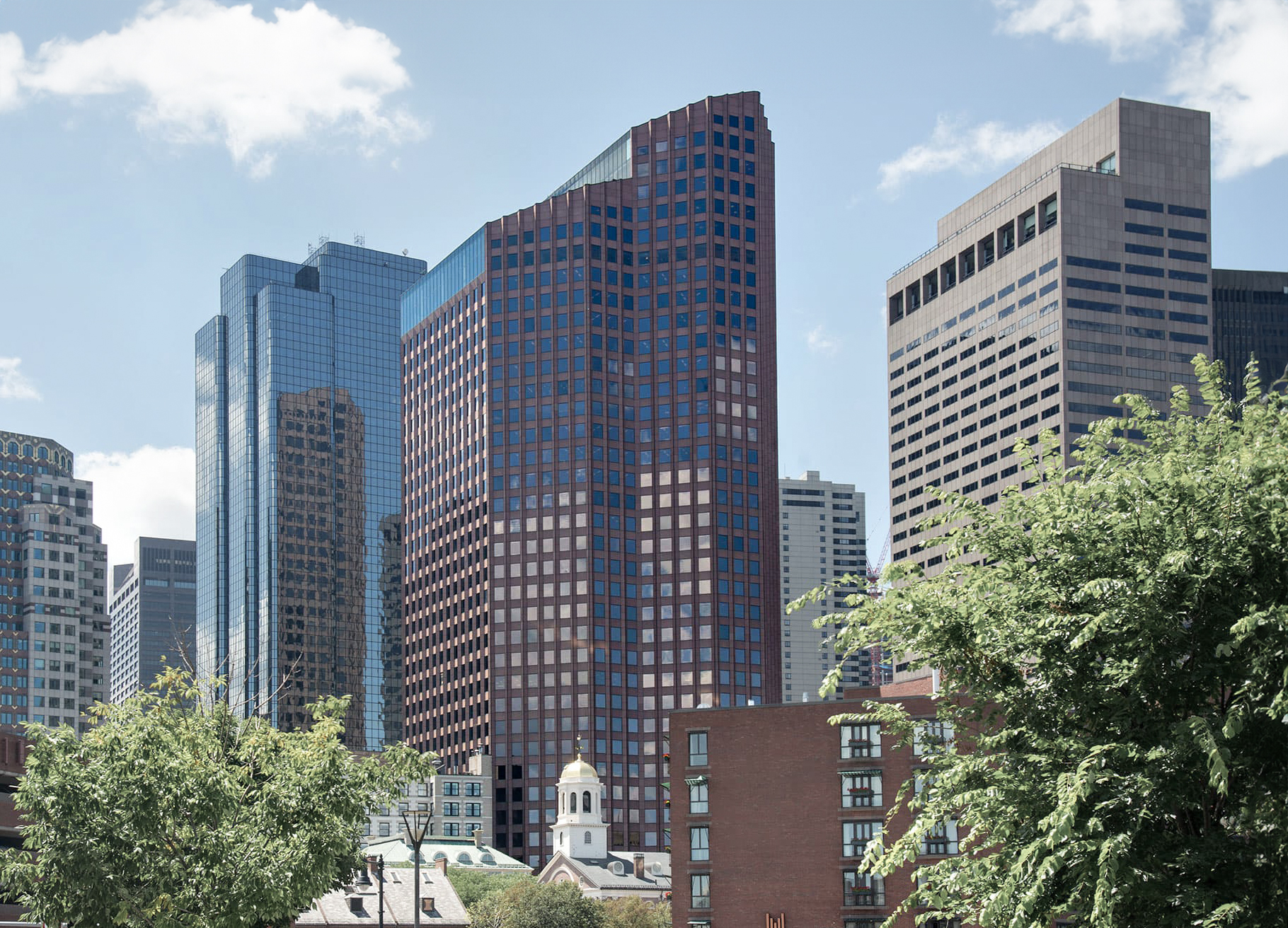The One Lincoln Street Building is a Postmodernist skyscraper designed in 1990 by TRO Jung Brannen , and built between 2000 and 2003, for a reported $350 million dollars, in Boston, MA.
One Lincoln Street Building is not the only name you might know this building by though. The building is, or has also been known as State Street Financial Center.
Its precise street address is 1 Lincoln Street, Boston, MA. You can also find it on the map here.
The One Lincoln Street Building has received multiple architecture awards for its architectural design since 2003. The following is a list of such prizes and awards:
- Boston Building of the Year BOMA in 2003
- Boston Building of the Year in 2004
